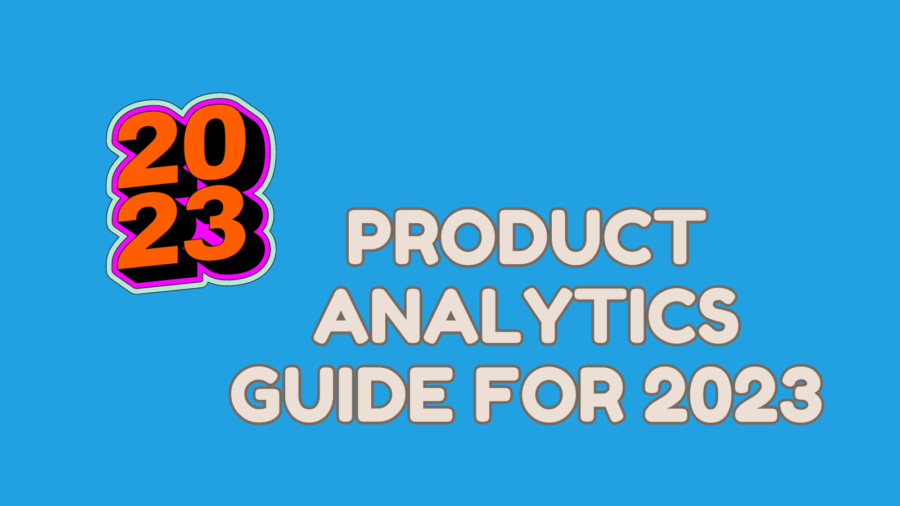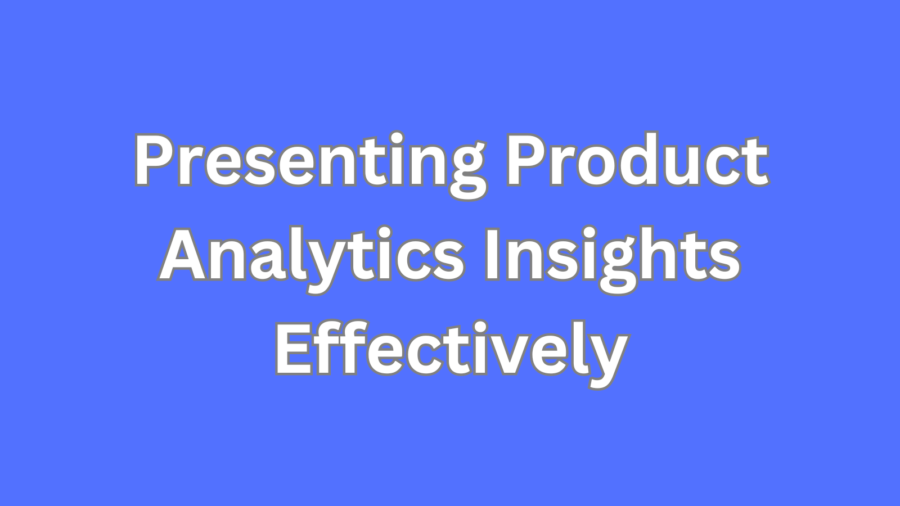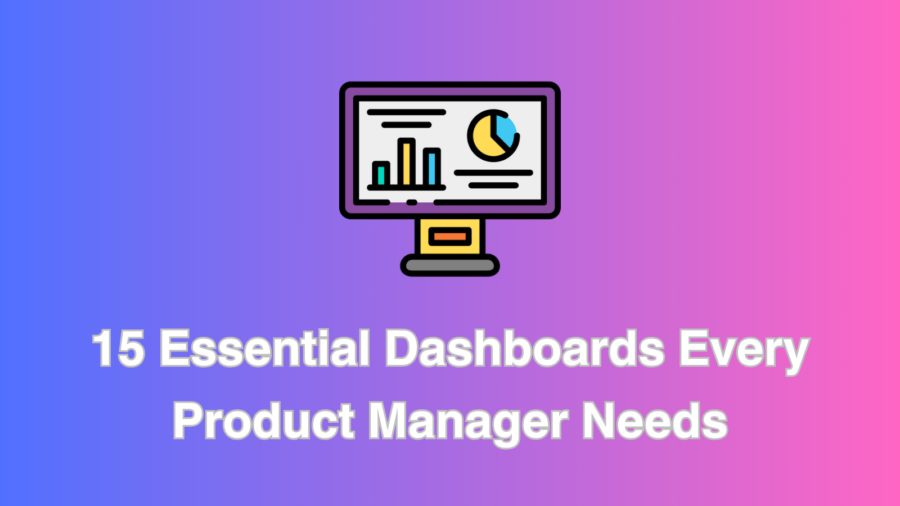Staying ahead of the competition requires more than a creative ad copy or a catchy slogan. It demands a meticulous analysis of your advertising efforts to understand what works and what doesn’t. This is where the Ad Campaign Performance Dashboard becomes the guiding beacon for marketers, offering invaluable insights into the effectiveness of your campaigns.
Why Ad Campaign Performance Dashboard Matters
The Ad Campaign Performance Dashboard is more than just a collection of colorful charts and graphs; it’s a strategic tool that empowers marketers to make informed decisions based on real-time data. This dashboard provides a comprehensive overview of your campaign’s success by tracking key metrics such as click-through rates, conversion rates, and return on ad spend.
Creating Your Ad Campaign Performance Dashboard: A Step-by-Step Guide
- Define Your Goals:
Start by clearly defining the objectives of your ad campaign. Are you aiming to drive website traffic, generate leads, or increase sales? Your dashboard should align with these goals to ensure you’re measuring the right metrics. - Select Relevant Metrics:
Choose the key performance indicators (KPIs) that align with your campaign objectives. Common metrics include impressions, clicks, click-through rates, conversion rates, and conversion costs. These metrics will form the foundation of your dashboard. - Choose Your Data Source:
Integrate your advertising platforms with your chosen analytics tool. Whether using Google Analytics, Facebook Ads Manager, or a custom API, ensure your data source is reliable and up-to-date. - Design Your Dashboard:
Use a tool like Google Data Studio, Tableau, or Microsoft Power BI to design your dashboard. Arrange the selected metrics in a visually appealing and intuitive layout. Consider adding graphs, charts, and tables for a comprehensive overview. - Set Up Automation:
To keep your dashboard constantly updated, set up automation for data refresh. This ensures that your insights are always based on the latest data, allowing you to adapt your strategy in real time.
Interpreting Insights for Strategic Decision-Making
Now that your Ad Campaign Performance Dashboard is running, it’s time to dive into the insights and extract actionable information. Product managers, in particular, can leverage these insights to refine their strategies and maximize the impact of their campaigns.
Understanding Customer Behavior:
One of the primary benefits of the Ad Campaign Performance Dashboard is its ability to reveal customer behavior patterns. By analyzing click-through and conversion rates, product managers can identify which products or features resonate most with their target audience.
Optimizing Budget Allocation:
The cost-per-conversion metric is a goldmine for product managers looking to optimize their budget. By understanding the cost-effectiveness of each channel, managers can allocate resources more efficiently, focusing on the platforms that deliver the best return on investment.
Fine-Tuning Targeting Parameters:
Ad platforms offer a plethora of targeting options, from demographics to interests. The Ad Campaign Performance Dashboard allows product managers to assess the effectiveness of these parameters. For example, if a particular age group consistently converts at a higher rate, managers can adjust their targeting accordingly.
Identifying High-Performing Creatives:
A/B testing is a staple in digital marketing, and the dashboard simplifies identifying high-performing creatives. By comparing the performance of different ad copies or visuals, product managers can refine their creative strategy for future campaigns.
Real-Life Examples: Where Insights Drive Success
Let’s delve into some real-life examples where the Ad Campaign Performance Dashboard played a pivotal role in shaping successful marketing strategies.
Example 1: E-Commerce Power Play
An e-commerce giant used the dashboard to analyze the performance of its recent summer campaign. The data revealed that mobile ads outperformed desktop ads regarding conversion rates. Armed with this insight, the marketing team adjusted their budget allocation, investing more in mobile advertising. The result? A significant boost in sales and a higher return on ad spend.
Example 2: SaaS Triumph
A Software as a Service (SaaS) company utilized the dashboard to analyze the impact of different ad channels on their free trial sign-ups. The data indicated that LinkedIn ads were driving the highest-quality leads. With this knowledge, the company increased its budget for LinkedIn advertising, resulting in a substantial increase in trial sign-ups and, ultimately, paying customers.
The Future of Ad Campaign Performance: Continuous Improvement
The digital landscape is ever-evolving, and so should your advertising strategy. The Ad Campaign Performance Dashboard is not a one-time creation; it’s a dynamic tool that evolves with your campaigns. Regularly revisit your dashboard, analyze new data, and use these insights to refine your approach.
In conclusion, the Ad Campaign Performance Dashboard is the linchpin of successful digital marketing. It empowers product managers and marketers with the data they need to make informed decisions, optimize campaigns, and drive meaningful results. As the digital landscape continues to evolve, those armed with the right insights will survive and thrive in the competitive advertising world. So, embrace the power of the Ad Campaign Performance Dashboard and watch your campaigns soar to new heights.





